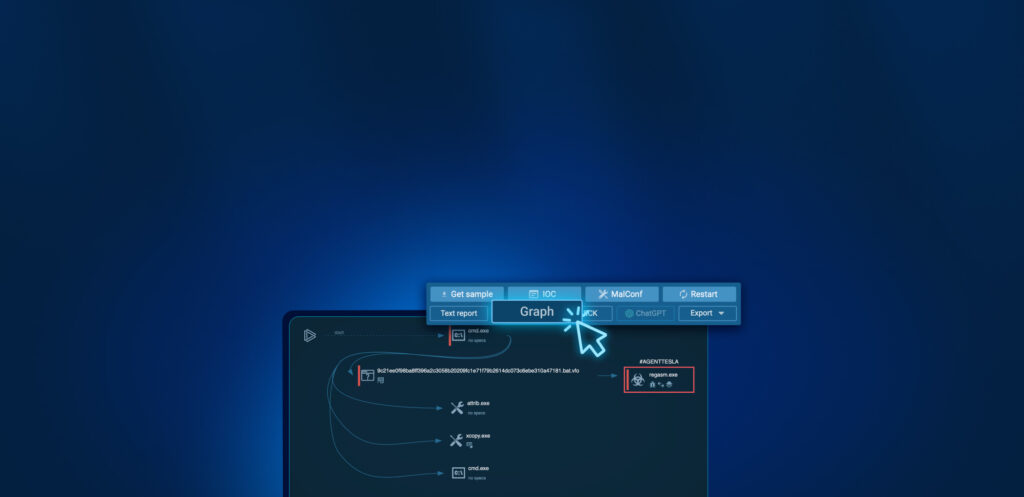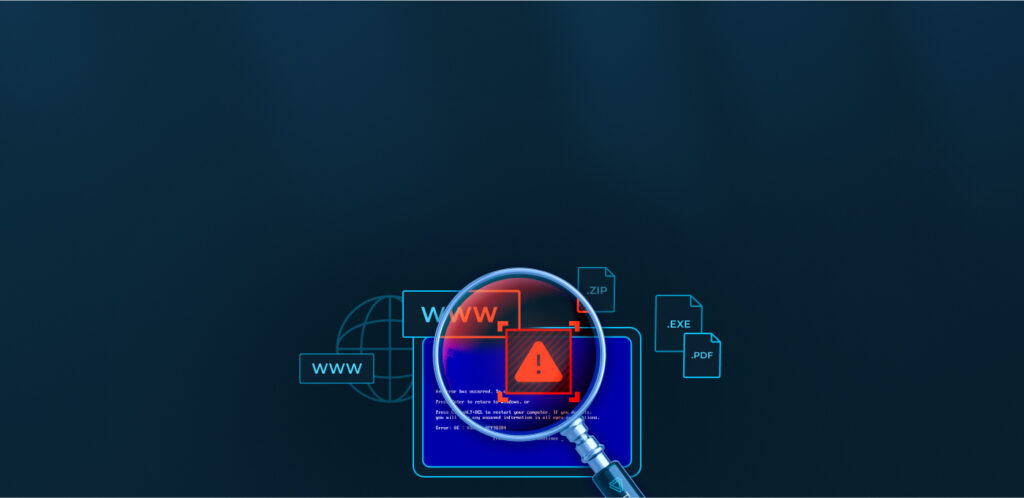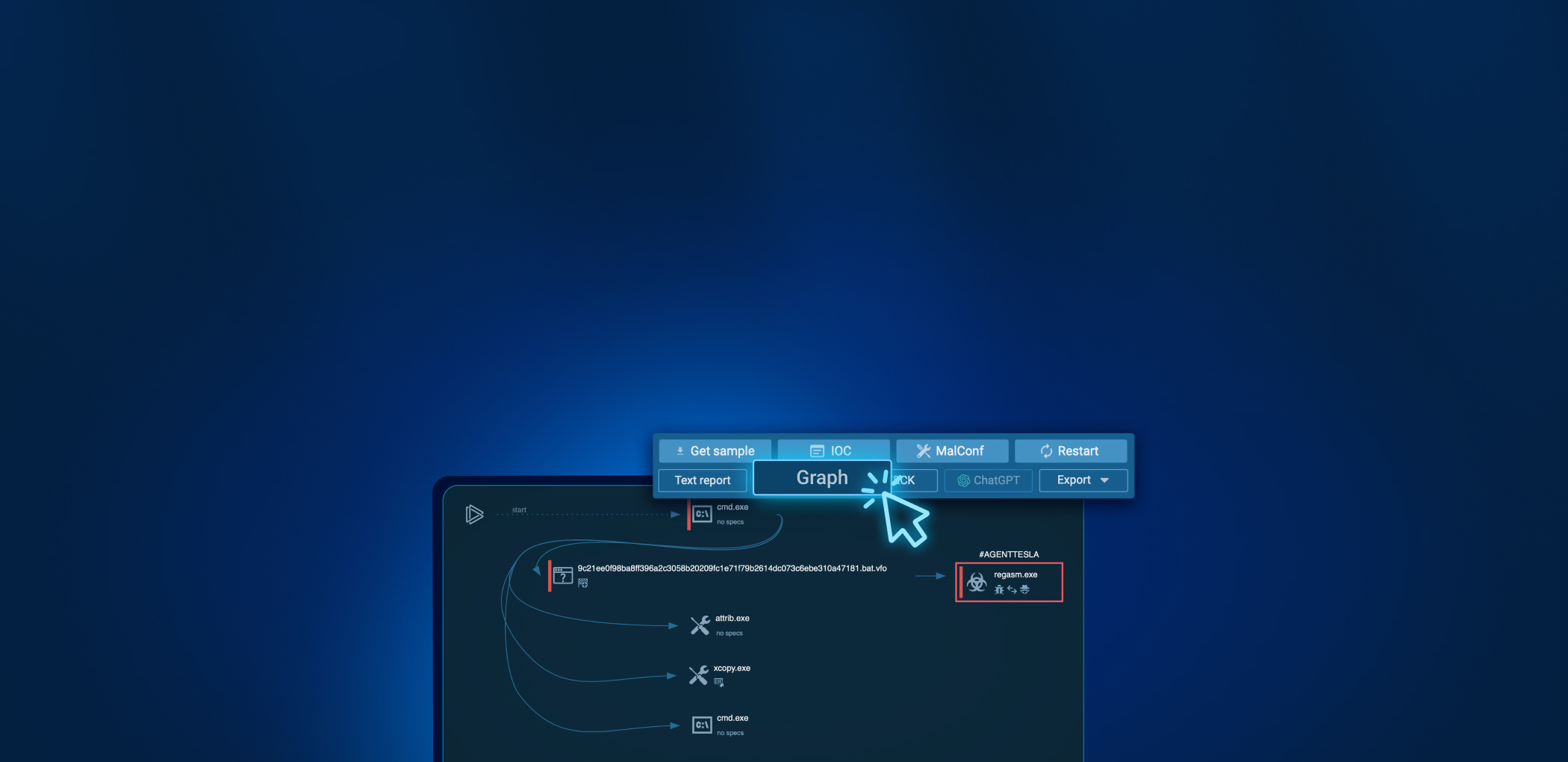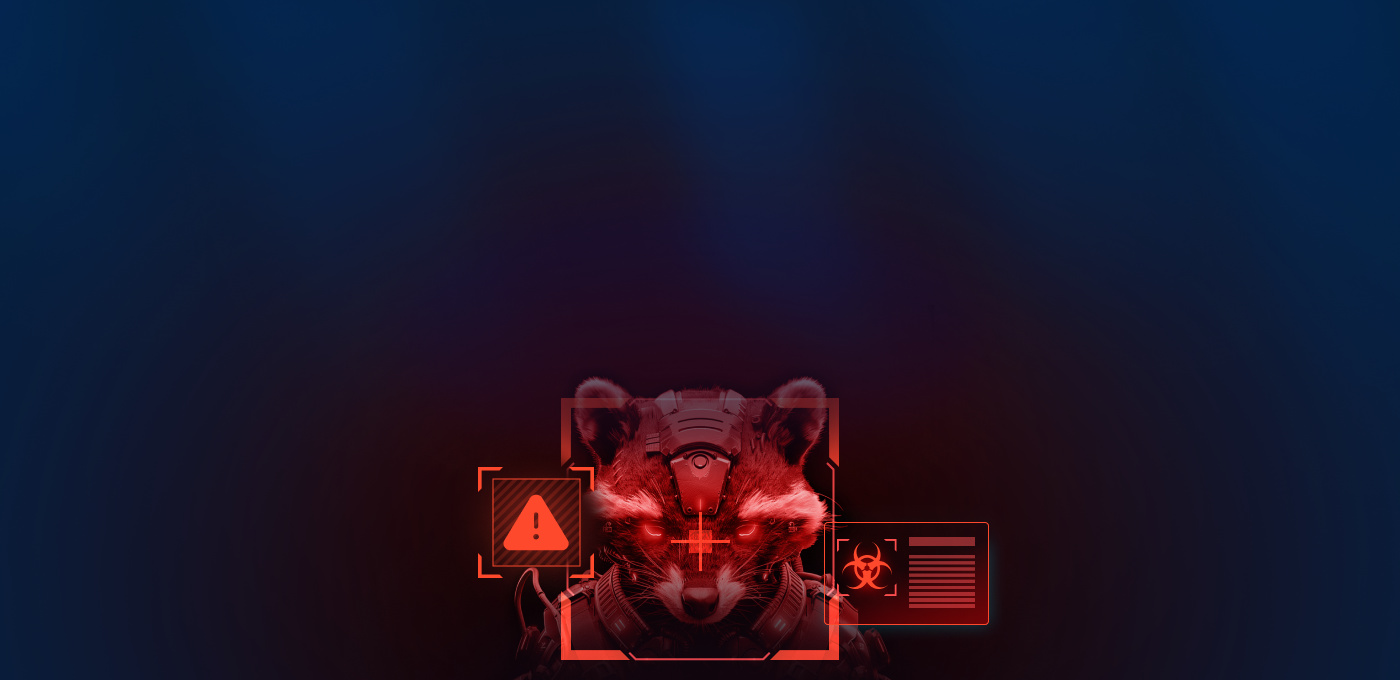Online education has become different after COVID-19. Schools and universities had to go to the virtual classroom and according to the UNESCO study, more than one billion learners were forced to adapt to an online format at the beginning of the pandemic.
Online learning has taken root as there are a bunch of perks that go with it like freedom of choosing time and place. But crooks also find this method quite advantageous, so there appeared new cyberattacks that throw education back.
Both lecturers and students need to be aware of possible threats and know how to avoid cyberattacks and stay safe during online training.
Top Cybersecurity Threats for online education
While educators have been polishing and changing their online programs, hackers have adopted methods to get access to confidential data. Criminals intend to perform attacks on video conferencing and collaboration tools, for example, Zoom and Webex.
Here are some in-famous threats that teachers and students can face:
1. Ransomware
Cybercriminals use this type of malicious program to stop a lecturer from using their system. All data is threatened to be deleted until a ransom is paid. 66% of education organizations were hit by ransomware in 2021.
2. DDoS attacks
Distributed Denial of Service is an attack when attackers flood servers with junk traffic, preventing students from getting access to a website. It can slow down the education process as DDoS attacks may last up to 50 minutes. According to the NetSCOUT report, 5.4 million attacks happened only in the first half of 2021, including at least 120,000 known incidents in education.
3. Phishing
Email scam, staff impersonation, spoon websites – phishing tactics never seize to surprise. A goal of the targeted attack is to get access to intellectual property or pre-publication writings belonging to the school. Staff is also in danger: credentials theft guarantees criminals access into the university’s financial systems.
What can educators do?
During training, the only thing you want to worry about is the exams, homework, qualitative material to give and take. But secure online education is a task for schools, students, and teachers. Here is what can be done to avoid cyberattacks:
- Manage User Privileges. Only trusted users should have access to the system. Make sure the security privileges of dismissed employees are revoked.
- Vet Third-Party Providers. Check software and platforms that you work on, and whether they meet security measures, what data is shared, etc.
- Educate the staff, students, parents. Organize training to raise cybersecurity awareness.
- Update Content Filters. Work out the policy of what kind of sources can’t be reached by students
- Back up data.
- Use VPN and secure WiFi.
- Check suspicious files and links. Try to use a sandbox, suck as ANY.RUN. It’s a fast and easy tool, plus it’s free.
For example, you can open a document sent to you from a so-called colleague or a student: and here you are – all files are encrypted, stolen, or deleted. But if you checked a file in a secured environment, like a user that ran the following task, you could stay safe.
Watch a video on how to check files and URLs in ANY.RUN online sandbox:
These rules are essential but sometimes students and lecturers tend to forget about them. We advise you to take a look at them from another side, what happens if you don’t follow the rules? Here are our Harmful Tips for Cybersecurity, just for laughs. But we hope you can download it and remember what to do in a suspicious situation.
The poster is available here: https://any.run/media-files/articles/harmful-tips.pdf
The modern world allows different kinds of sources for learning, and online education is a great way but full of risk. It’s essential for all participants in learning to be aware of cybersecurity dangers and how to avoid them.
3 comments










So useful thank you!!!
Harmful tips are awesome 🙂
Great comics and interesting post, thank you!